At Hitek, we are big fans of Japanese animation. After taking a look at the biggest animation studios in the industry, we wanted to give you our (admittedly subjective) ranking of the greatest geniuses of Japanese animation.
#10 Makoto Shinkai
While the question of Hayao Miyazaki's legacy has been raised for twenty years, Makoto Shinkai is, in the eyes of many specialists, the most worthy heir to the master of animation. Although not part of Studio Ghibli, the filmmaker arguably made the most beautiful tribute to the father of Princess Mononoke and Castle in the Sky with Journey to Agartha. Praised as much for his poetic and melancholic stories as for the quality of his animation, Makoto Shinkai is a director with a string of successes. His film Your Name was for a time the second-highest grossing animated film at the Japanese box office, after Spirited Away. (He is now in third place, due to the resounding success of Demon Slayer: Mugen Train.) In Suzume, which also received public support, Makoto Shinkai delivers a beautiful tribute to the places abandoned following the natural and nuclear disasters of 2011.
#9 Mamoru Oshii
Mamoru Oshii's career got off to a flying start with the supervision and direction of the series Lamu, adapted from the humorous manga Urusei Yatsura by Rumiko Takahashi, which was a hit with Club Dorothée in 1988. He also directed two animated films related to Lamu, although the second one met with disapproval from the queen of shōnen. Moving on to the Patlabor series, adapting the eponymous manga by Masami Yūki and riding the wave of mecha, Mamoru Oshii then directed his greatest masterpiece: the film Ghost in the Shell, inspired by the eponymous manga by Masamune Shirow. He also directed its sequel, Ghost in the Shell 2: Innocence. Although he removed all the humor from the original manga, Mamoru Oshii has created one of the most influential works of the cyberpunk movement. We are very curious to see how the new adaptation produced by Science SARU (DanDaDan) will compare to this cult film!
#8 Osamu Tezuka
Often considered the Japanese Walt Disney, Osamu Tezuka is arguably Japan's most influential manga artist and director. His colossal work force has allowed him to sign more than 700 works, including several dozen animated series and films. He is the first Japanese artist to have proposed a weekly Japanese animated series (Astro Boy) and a color series (The Leo King). A true monster of Japanese animation, Osamu Tezuka continues to inspire many artists several decades after his tragic loss, including mangaka Naoki Urasawa (Monster,Pluto) who established him as an insurmountable model.
#7 Rintarō
Rintarō's career began in 1958; he started as a colorist on Taiji Yabushita's The White Snake, known for being the first color animated film in the history of Japanese cinema. No less! But it was with the series and animated film The Lion King, directed for Osamu Tezuka, that he took his first steps as a director. He then went on to direct Leiji Matsumoto's masterpiece by directing the legendary animated series Captain Harlock, the Space Pirate and then the film Captain Harlock: The Mystery of Atlantis, before embarking on the direction of Galaxy Express 999. After several other feature films, he returned to the work of Osamu Tezuka with the adaptation of Metropolis, whose screenplay was written by Katsuhiro Ōtomo (Akira). Although he claims to be a poor draftsman and not to participate in the writing of his films and series, Rintarō has undoubtedly left his mark on Japanese animation.
#6 Hideaki Anno
Hideaki Anno, who cut his teeth as an animator on Hayao Miyazaki's Nausicaä of the Valley of the Wind, is today one of the stars of Japanese cinema. After the excellent series Nadia, the Secret of Water, inspired by Twenty Thousand Leagues Under the Sea by Jules Verne, he became a star of the Japanese small screen thanks to the cult series Neon Genesis Evangelion; this mecha series in a post-apocalyptic world was particularly acclaimed for its ability to tackle serious issues such as depression, loneliness and the meaning of life. While his name remains today linked to Neon Genesis Evangelion, for which he also wrote and directed the films, Hideaki Anno also moved on to directing live-action feature films, and his most impressive feat is of course Shin Godzilla, one of the best films about the King of the Monsters. Note that Hideaki Anno also lent his voice to Jiro Horikoshi, the main character in Hayao Miyazaki's film The Wind Rises.
#5 Isao Takahata
While his name has often remained in the shadow of Hayao Miyazaki, director Isao Takahata is undeniably one of the greatest geniuses of Japanese animation. His career dates back well before the founding of Studio Ghibli, which he co-founded alongside Hayao Miyazaki and Toshio Suzuki. From the short films Panda Little Panda to the film Horus, Prince of the Sun, including the series Heidi, he has profoundly marked the history of Japanese animation. Of course, the creation of Studio Ghibli following the success of Nausicaä of the Valley of the Wind (which he produced) would give another dimension to his career. If we summarize his career largely with the masterpiece Grave of the Fireflies, Isao Takahata remains the author of a very important filmography. His last film The Tale of the Princess Kaguya, released in 2013, remains one of the best animated films of the last fifteen years.
#4 Shin'ichirō Watanabe
After making his debut as a storyboard artist and episode director on Mobile Suit Gundam, Shin'ichirō Watanabe moved on to directing with the excellent Macross Plus (co-directed by Shōji Kawamori). But it's Cowboy Bebop that really shows us what a brilliant artist Shin'ichirō Watanabe is! Skilfully blending the codes of space opera, cyberpunk, western, and film noir, the series is an instant classic packed with ideas and enhanced by its soundtrack featuring jazz and blues. In 2004, Shin'ichirō Watanabe did it again with the exceptional animated series Samurai Champloo, which immerses us with great poetry in feudal Japan, with a soundtrack paying homage to hip-hop. We can no longer count the many successes of this good old Watanabe (Space Dandy, Animatrix, Terror in Resonance, Carole & Tuesday); the year 2025 marks the year of his big comeback with Lazarus, a series co-produced by the MAPPA studio and Adult Swim, and which is well on its way - considering the four episodes already released - to being among his best works. What a genius!
#3 Satoshi Kon
First known for his manga, the much-missed Satoshi Kon (who passed away in 2010 at the age of 47) made his debut in animation alongside two giants of the industry: Katsuhiro Ōtomo (Akira) and Mamoru Oshii (Ghost in the Shell). He made his first animated film in 1997 with Perfect Blue, a psychological thriller packed with narrative and visual ideas. The dramatic films Millennium Actress and Tokyo Godfathers established him as one of the best storytellers of his generation. But his art reached new heights with the exceptional Paprika, a psychological thriller that forever erases the thin line between reality and fantasy. A masterstroke!
#2 Katsuhiro Ōtomo
One of the most respected names in Japanese manga and animation, Katsuhiro Ōtomo is of course the father of Akira. Published in 1982 in Weekly Young Magazine, the manga was adapted by Ōtomo himself in 1988 as an animated film. Its impact is such that it remains one of the most significant works of the cyberpunk genre.But Katsuhiro Ōtomo's career is not limited to this single stroke of genius! He is notably responsible for directing one of the three segments of the omnibus Memories (adapted from his own eponymous manga) and the animated feature film Steamboy, which is among our favorite steampunk works and confirms the filmmaker's mastery. Note that he is also the screenwriter of Metropolis by Rintarō, inspired by a manga by Osamu Tezuka.
#1 Hayao Miyazaki
Unanimously considered (rightly) as the absolute master of Japanese cinema, Hayao Miyazaki began his career at Toei Animation where he crossed paths with Isa Takahata. After several series that he co-directed (Lupin III, Conan, Son of the Future and Sherlock Holmes), Hayao Miyazaki began directing with The Castle of Cagliostro. While the film contains some elements of his later cinema, it remains more the work of Monkey Punch (nickname of Kazuhiko Katō), the author of the manga Lupin III. In the early 1980s, journalist Toshio Suzuki convinced Hayao Miyazaki to bring his manga Nausicaä of the Valley of the Wind to the screen, which he co-produced alongside Isa Takahata. The film's success allowed the trio to found the legendary Studio Ghibli, for which Hayao Miyazaki directed ten films and as many masterpieces. Visually splendid, his epic and poetic films also have a strong feminist, pacifist and ecological message. The visual beauty of his latest feature film, The Boy and the Heron, confirms Hayao Miyazaki's unique status in the industry.
And you? How did you find this ranking? Feel free to tell us who your favorite directors in the Japanese animation world are.

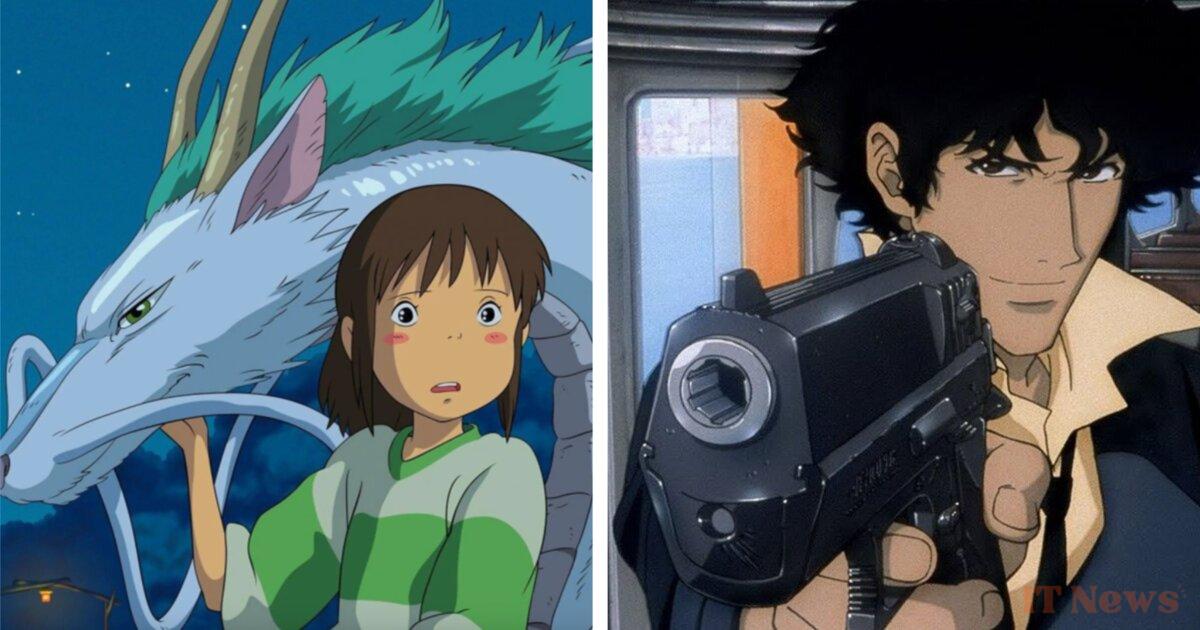
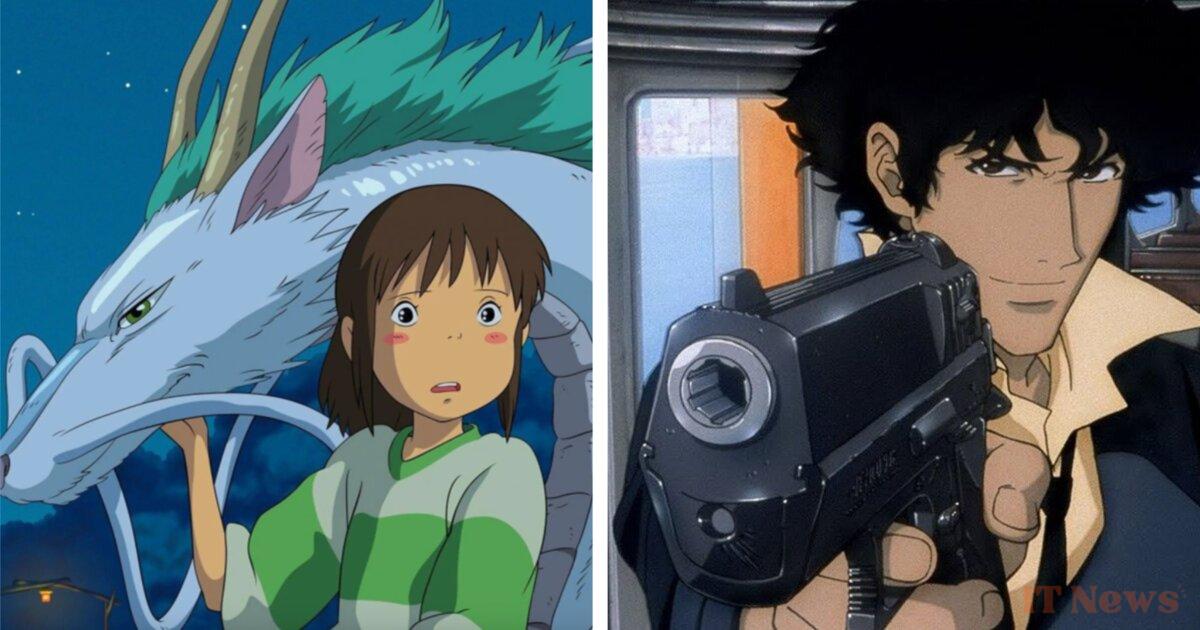
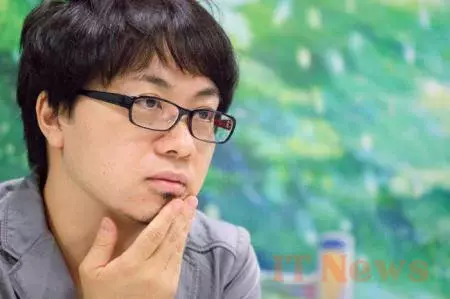
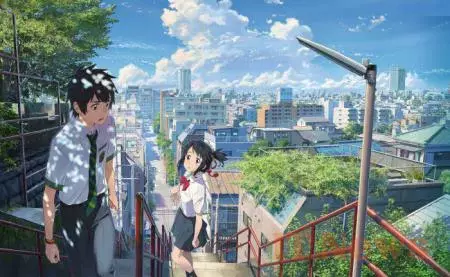
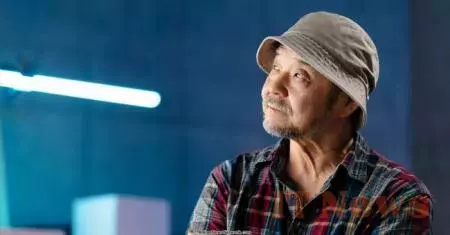

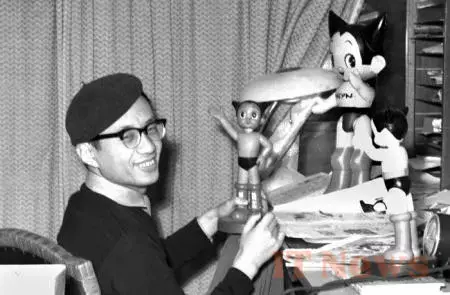
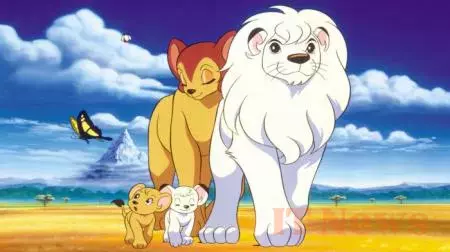
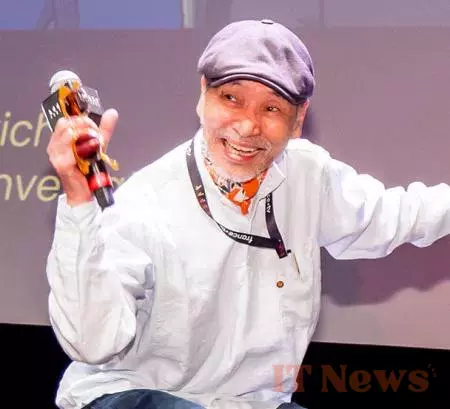
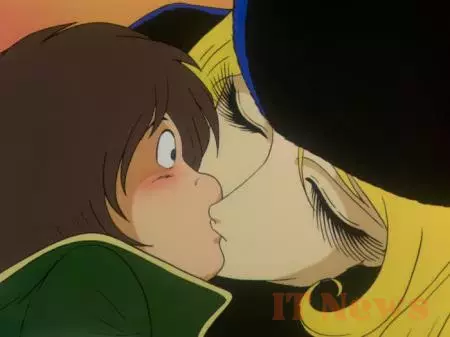
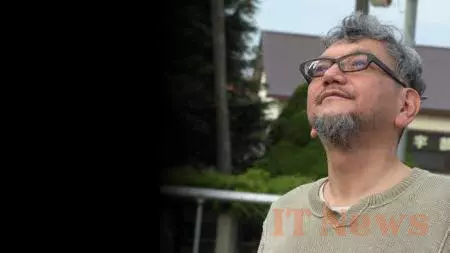

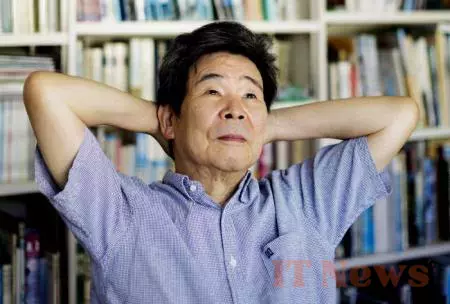
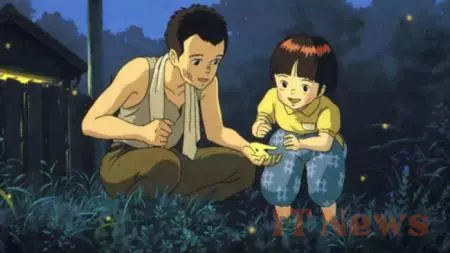
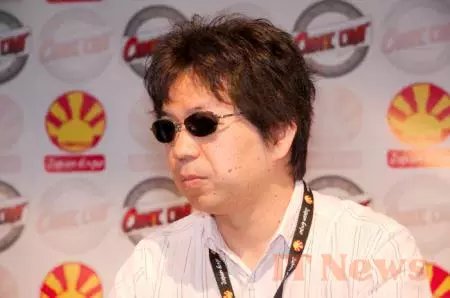

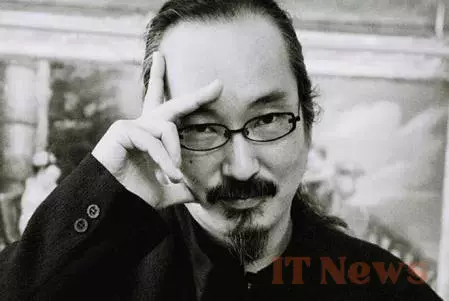
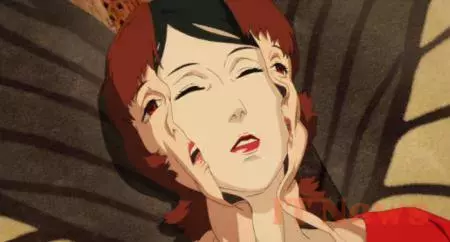
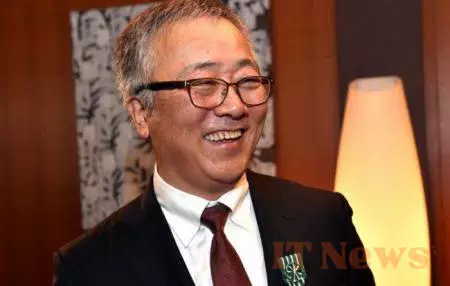
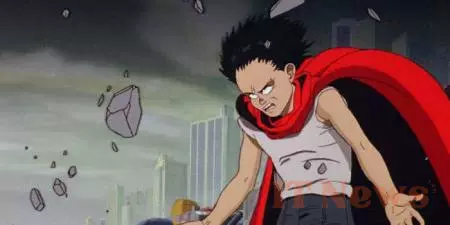
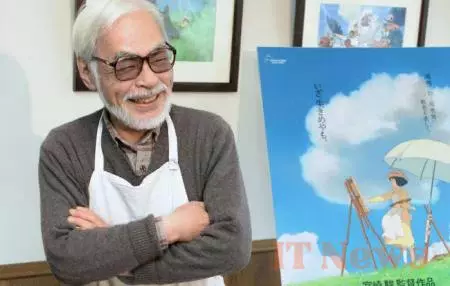

0 Comments